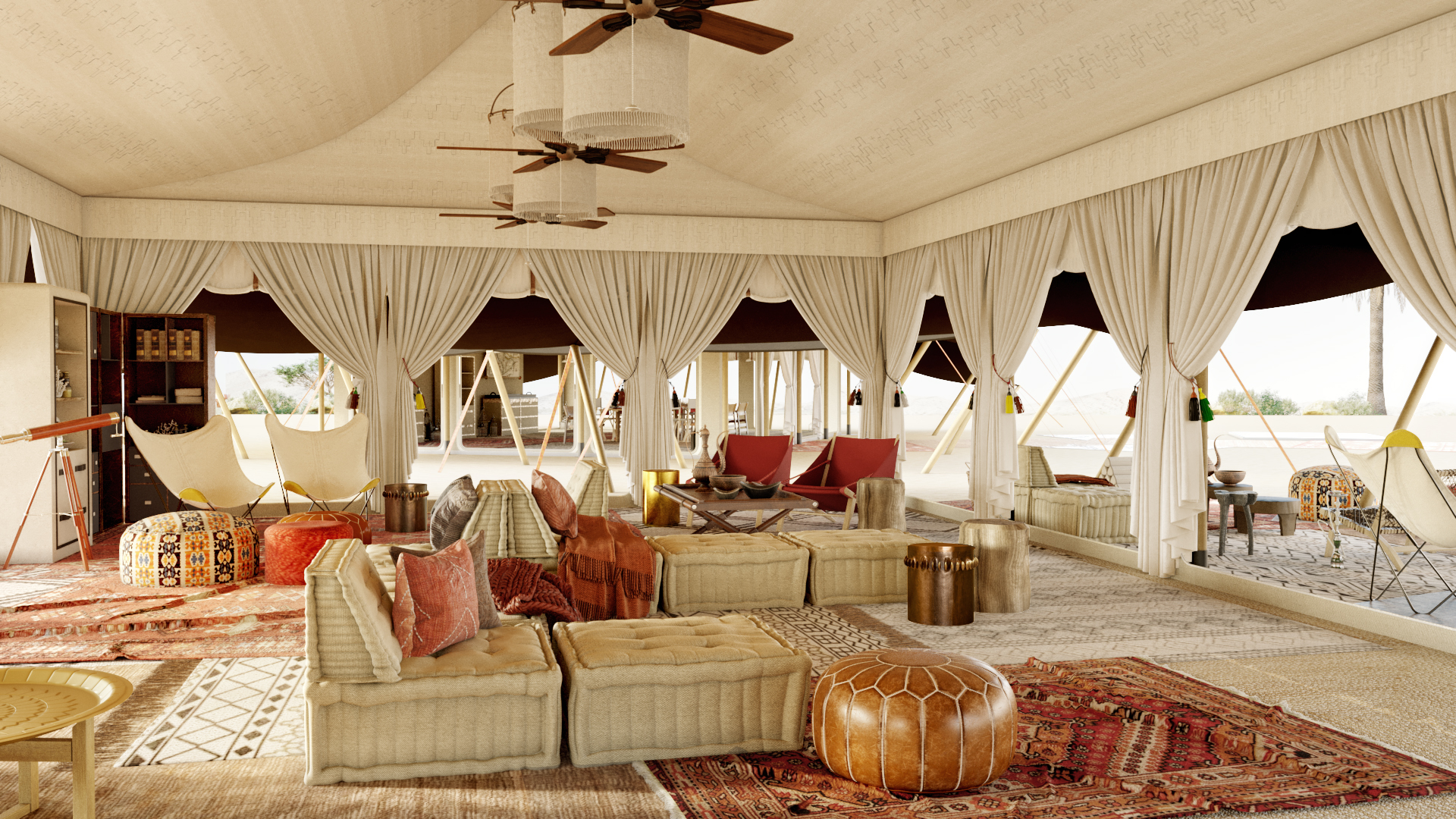Luxury Frontiers Explores Vernacular Architecture in Outdoor Lodging
Graeme Labe, Principal and Managing Director of Luxury Frontiers, discusses how vernacular architecture unlocks secrets to nature-immersive design for the adventure-seeking traveler on Sleeper Magazine. Here is an excerpt from the feature:
Well-established for decades on the continent of Africa and in countries such as Nepal and Peru, today the outdoor and adventure hospitality industry is seeing growth worldwide, albeit with a slightly different spin than in the past. The sector’s growth can be attributed not just to thrill-seekers and explorers, but to an increase in soft adventurers who, while not particularly outdoorsy, desire immersive experiences in nature when they travel. Whether influenced by social media-induced wanderlust or yearning to escape our increasingly digitised, indoor lifestyles, these travellers are motivated to connect with nature, other travellers and a more grounded version of themselves.
Often situated off the grid and in ecologically sensitive destinations, architecture for adventure lodges and camps is preferably light-on-earth and eco-conscious, with design that answers the call for a return to nature, personal discovery and connection. Most importantly, the design needs to respond to the climate, environmental factors and context of the destinations. Such design objectives, known as ‘vernacular architecture,’ are in no way novel, but rather cater to the growing adventure-seeking market, holding secrets to nature-immersive hospitality design.
WHAT IS VERNACULAR ARCHITECTURE?
For those unfamiliar with the term, vernacular architecture is building without employing academic practice – or, as described by Australian-American architect Bernard Rudolfsky, “Architecture without Architects”. According to a 1995 study, vernacular architecture once accounted for 95% of the world’s built environment.
While the term might bring to mind mud huts and thatched roofs, it also encompasses 16th century English half-timbered buildings; 1920s shotgun houses of Mobile, Alabama; the white-washed houses of the Aegean islands; and traditional Batak houses found in Indonesia. These unassuming but intrinsically diverse structures are seen today as cultural expressions, reflecting the needs of society, well-adapted to the climate, and boasting incredible structural efficiency. Vernacular architecture is authentic to time and place, that is, encompassing the experience of the destination.
Click here to continue reading on Sleeper.com.
